What are wildflowers?


The term "wildflower" can be used to describe any flowering plant that grows without human cultivation, but it often specifically refers to native plants that grow wild in meadows, prairies, and other natural settings.
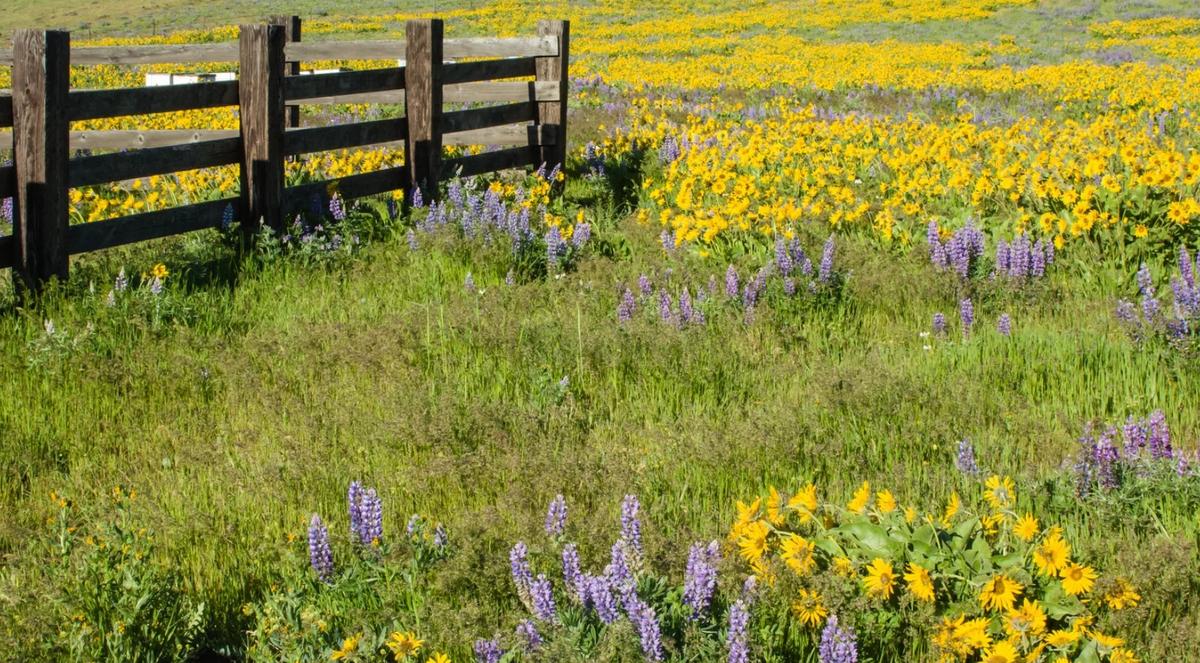
Wildflowers are a beloved part of many gardens and natural landscapes, but what exactly are they? The term "wildflower" can be used to describe any flowering plant that grows without human cultivation, but it often specifically refers to native plants that grow wild in meadows, prairies, and other natural settings. These plants, which have adapted to thrive in their local environment, are an essential part of our ecosystems, providing food and habitat for pollinators, birds, and other wildlife.
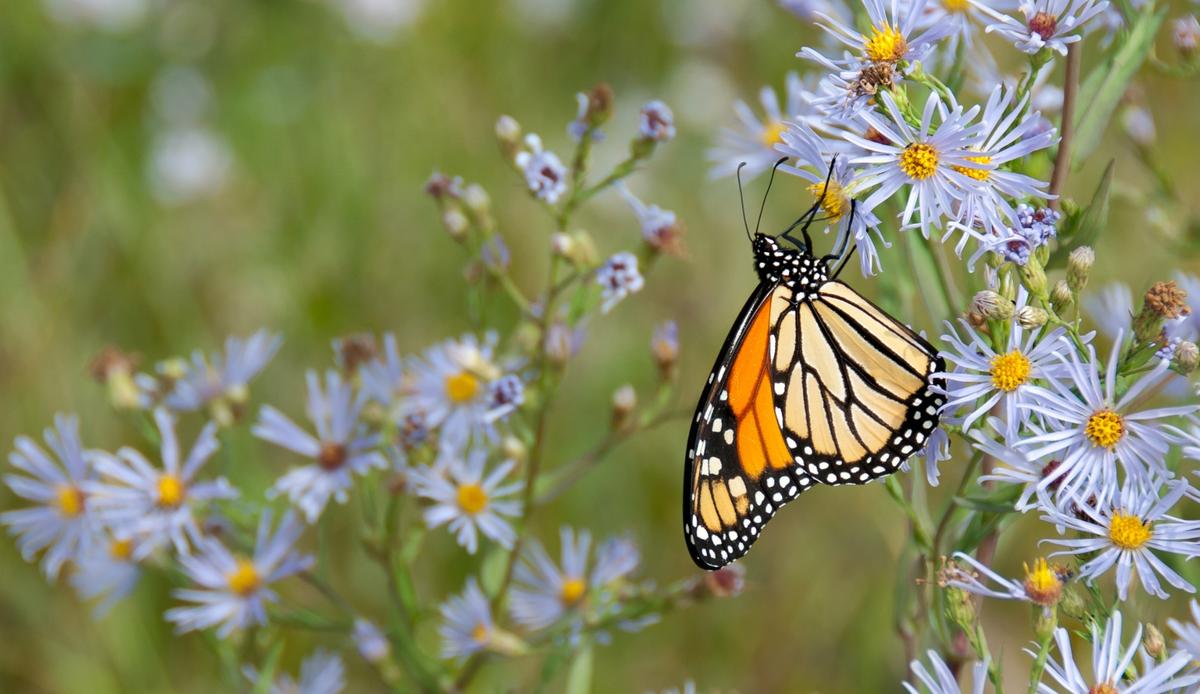

As native plant specialists, we believe that incorporating the right wildflowers into your garden is an excellent way to create a beautiful and sustainable landscape. Not only do they provide crucial ecosystem services, but they are also uniquely adapted to local growing conditions and soils, making them easier to care for than many non-native species. In this blog post, we'll explore the world of wildflowers as native plants, providing tips on how to grow them in your garden, and highlighting some of our favorite species.
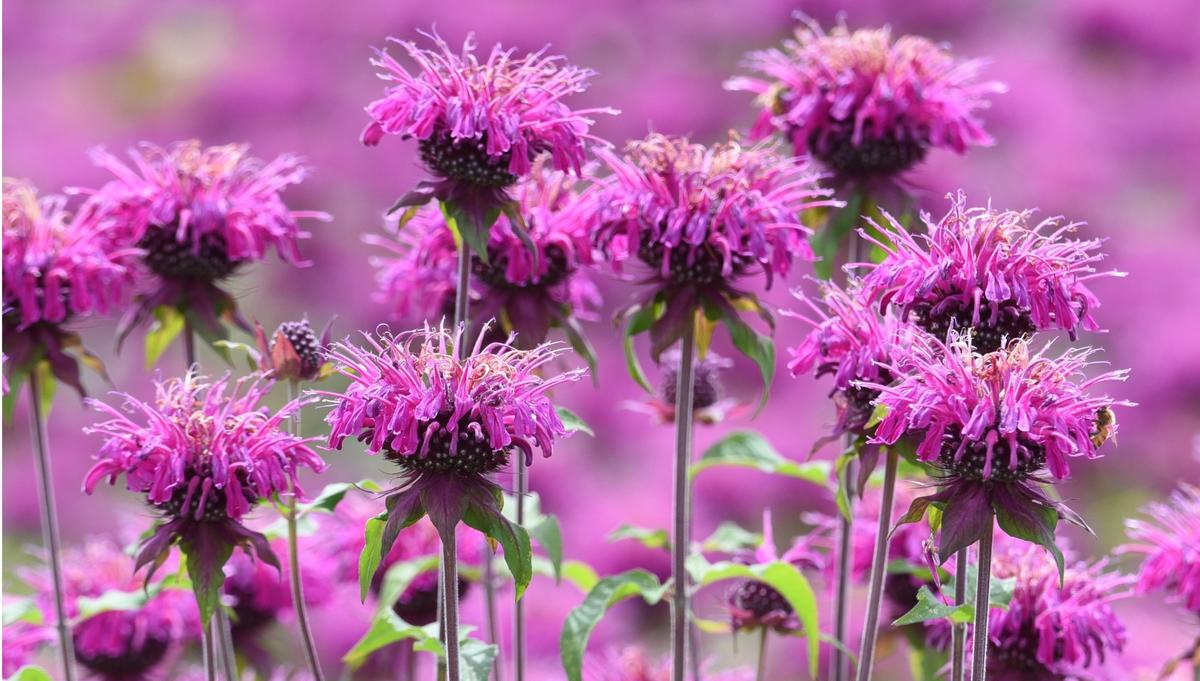
Native Plants and Why They Matter
A native plant is a plant species that naturally occurs and thrives in a specific geographic region and has evolved to survive there over time, adapting to the local climate, soils, and ecological conditions. These native plants have been part of their local ecosystems for thousands of years and play a vital role in supporting local wildlife, pollinators, and other beneficial insects. Native plants are not only beautiful but also provide important ecological services such as erosion control, water filtration, and carbon sequestration. They are an essential component of a healthy and resilient ecosystem and contribute to the overall health of our planet.
Some plants are considered "keystone species" because they have a disproportionately large impact on the ecosystem relative to their abundance. In the case of native plants, they provide food and habitat for a wide range of pollinators, insects, birds, and mammals. They also support the health of soil microorganisms and help to prevent erosion and runoff. In essence, native plants form the backbone of a healthy and resilient ecosystem, and their loss can have far-reaching consequences.
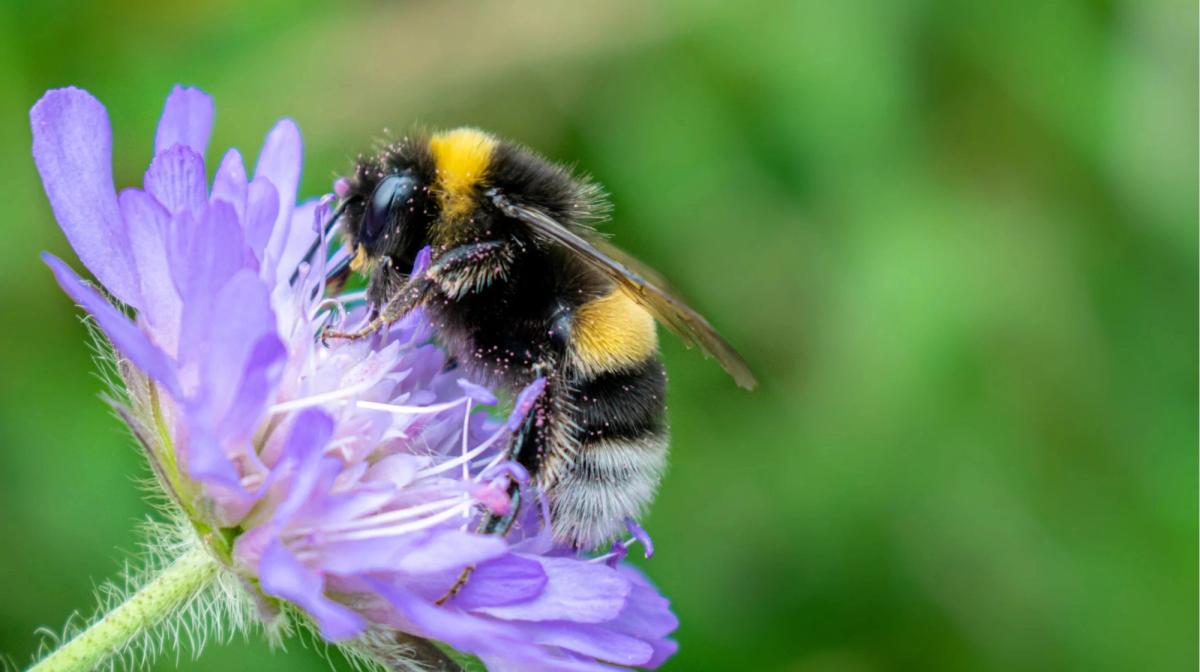
Native Ecosystems and Biodiversity
Biodiversity is the variety of life on Earth and the ecological systems that support it. It encompasses the diversity of species, their genetic variation, and the ecosystems they inhabit. Biodiversity is essential for maintaining the health and resilience of our planet's ecosystems and the services they provide, such as air and water quality, pollination, and carbon sequestration. Biodiversity also has cultural and aesthetic value, enriching our lives through our innate appreciation for and interpretation of life in the natural world.
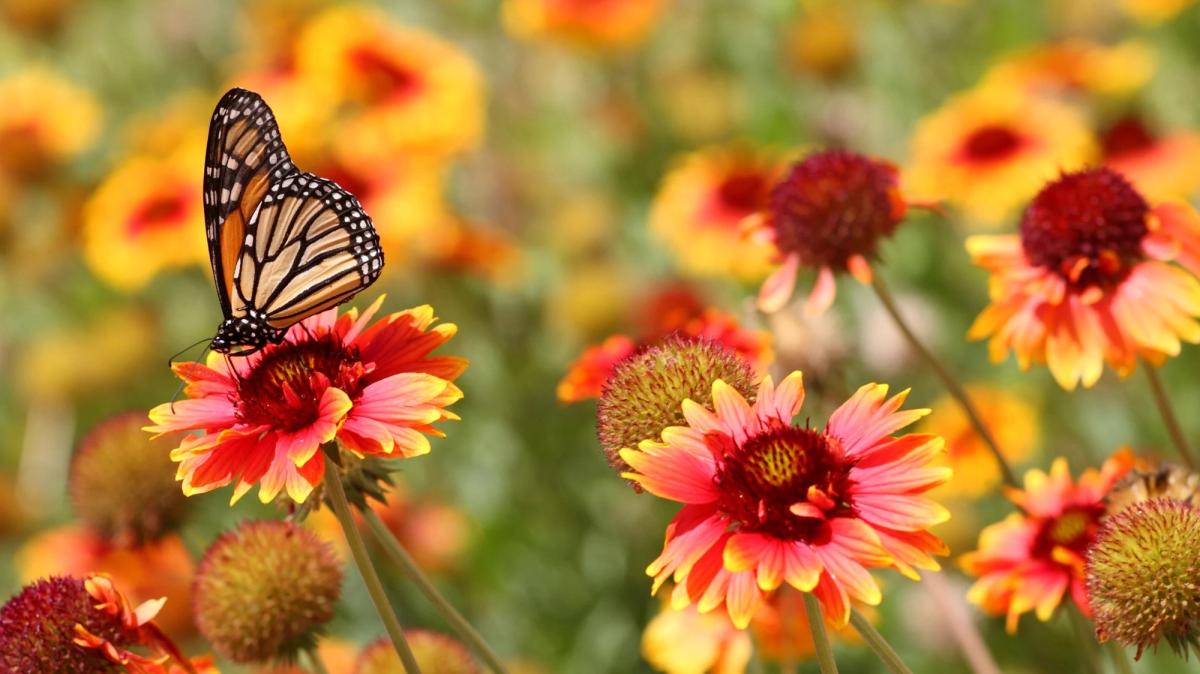
Native ecosystems are critical foundations for rich biodiversity as they are made up of diverse communities of native plant and animal species that have evolved to coexist and depend on one another. Wildflowers, as native plants, play an important role in these healthy ecosystems. They provide food, shelter, and habitat for a range of native wildlife, including bees, butterflies, birds, and other animals. Additionally, they help to maintain healthy soil and water systems by filtering pollutants and stabilizing soil.
Wildflowers also have specific functions within their plant communities. They can serve as pioneer species, establishing themselves in disturbed areas and paving the way for other plant species to follow. They can also play a crucial role in succession, the process by which ecosystems evolve over time. As plant communities mature, wildflowers may be replaced by trees and shrubs, but they continue to support wildlife and contribute to the overall health and resilience of the ecosystem. In short, natives are equally essential for wildlife and humans!
The Benefits of Growing Wildflowers In Your Yard
As native plant enthusiasts know, native wildflowers offer a wealth of benefits to those who grow them in their yards, including aesthetic, environmental, and economic benefits. One of the most appealing aspects of growing native wildflowers is their visual beauty. Unlike traditional manicured lawns, wildflower gardens offer a naturalistic and dynamic green landscape that changes throughout the seasons. The unique colors, shapes, and textures of wildflowers can create an eye-catching and visually stunning outdoor space that attracts the admiration of neighbors and passersby alike.

Beyond their visual appeal, native wildflowers also offer significant ecological benefits, particularly for supporting local wildlife. For example, planting native wildflowers like milkweed and goldenrod can help support struggling monarch butterfly populations, while native grasses like little bluestem can provide nesting habitat for grassland birds. By incorporating native wildflowers into our yards, we can support local biodiversity by creating a vital network of habitat and corridors for pollinators, birds and other wildlife.
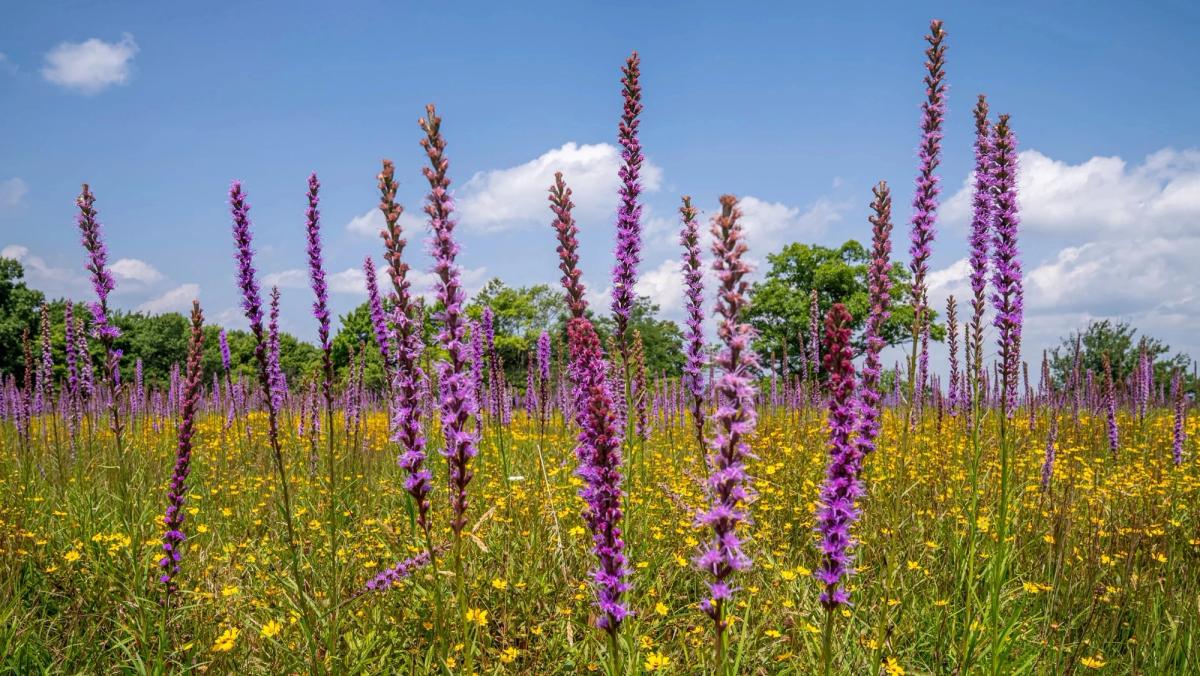
In addition to their aesthetic and ecological benefits, native wildflowers can also offer economic and social benefits for homeowners. Research has shown that properties with well-designed, planted and maintained native landscapes can have increased property values, which can be especially beneficial for those looking to sell their homes (Helfand et al. 2005). Furthermore, creating a beautiful, green, wildlife-friendly outdoor space can provide a sense of pride and satisfaction, as well as opportunities for community engagement and education. Whether you're a seasoned gardener or a novice, incorporating native wildflowers into your yard can offer a wealth of benefits for both you and the environment.
Some Types of Native Wildflowers
North America is home to a wide variety of native wildflowers, with different types thriving in different regions and habitats. From the vibrant reds and oranges of the Indian paintbrush to the delicate, colorful blooms of lupines, the diversity of native wildflowers across every region of the country is breathtaking.
Some important native wildflower genera:
1. Echinacea - Coneflowers - native to central and eastern North America. Widely recognizable and already embraced for its large, daisy-like flowers in shades of pink, purple, and white. Purple coneflower is in this group.

2. Asclepias - Milkweeds - another now widely recognized and beloved group for their role in supporting monarch butterflies. Milkweeds are the sole food source for monarch caterpillars, making it a critical plant for their survival. With their showy clusters of brightly colored flowers, milkweeds are also a striking addition to any garden.
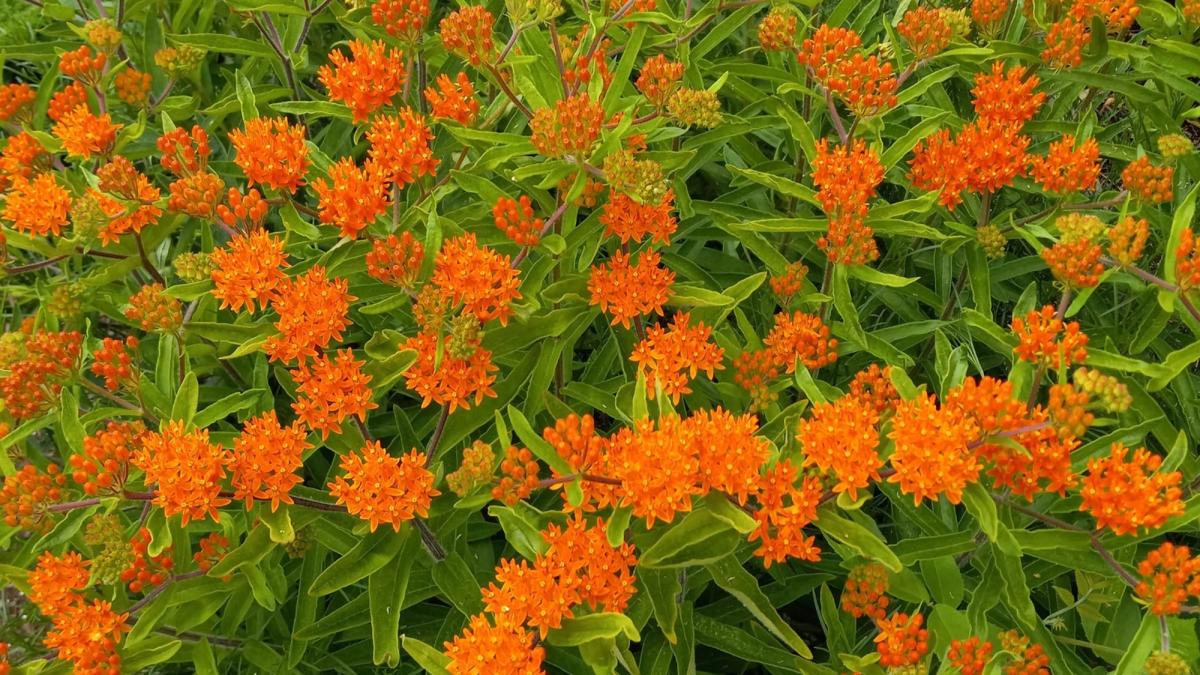
3. Rudbeckia - Coneflowers - yes, another genus of coneflowers! More commonly known as Black (or brown) eyed Susans. These are perennials in the sunflower family and collectively native to much of North America. They are an important source of nectar for bees and butterflies.
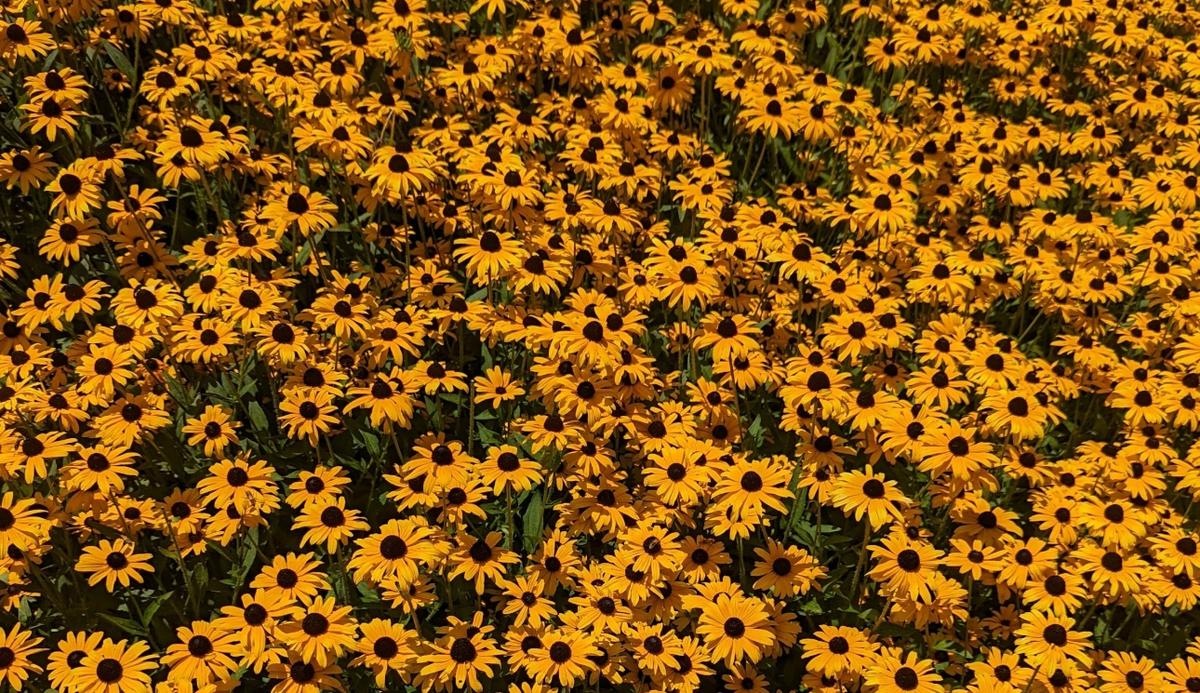
4. Lupinus - Lupines - widespread across North America, members of this genus feature tall spikes of colorful flowers ranging from pink to blue to purple. They are also valued for their ability to fix nitrogen in the soil, making them an important component of many ecosystems.

5. Penstemon - Beardtongues - a diverse genus of native wildflowers that includes over 250 species. With their showy, tubular flowers in shades of pink, red, purple, and blue, Penstemon is a popular choice for gardeners looking to attract hummingbirds and other pollinators.

6. Aquilegia - Columbines - a genus of wildflowers with unique, bell-shaped flowers in shades of pink, purple, and blue. They are also valued for their ability to attract hummingbirds and other pollinators.

7. Solidago - Goldenrods - vaunted as one of the keystone wildflower genera, goldenrods feature tall spikes of bright yellow flowers, goldenrods are a common sight in fields and meadows in the late summer and early fall. They are also an important source of nectar for bees and other pollinators.

8. Monarda - Bee Balms - members of the mint family, these flowers feature showy, vibrant blooms in shades of pink, red, and purple that are attractive to pollinators like bees and hummingbirds. Monarda species typically grow in a variety of habitats, including woodlands, meadows, and prairies.
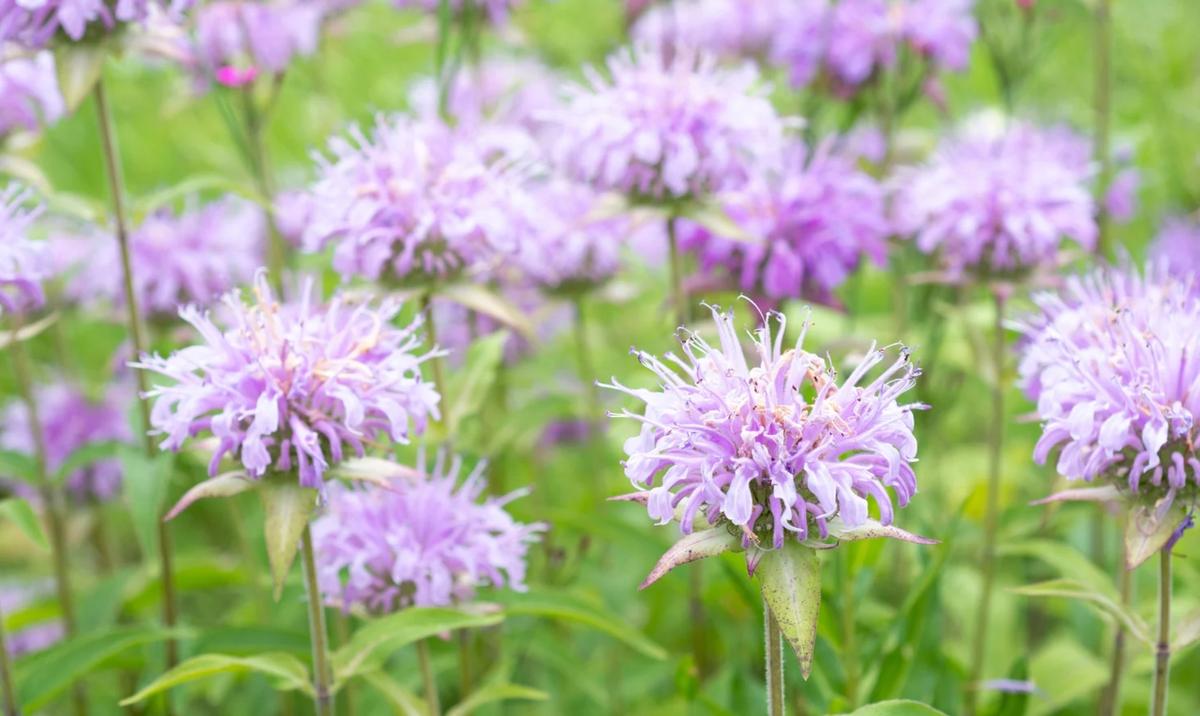
9. Symphyotrichum - Asters - hardy perennials produce beautiful, daisy-like flowers in shades of purple, blue, pink, and white, and they bloom in late summer and early fall, providing a late season source of nectar for pollinators. Many species of Symphyotrichum are also important host plants for butterfly and moth caterpillars, making them an essential component of a healthy ecosystem.
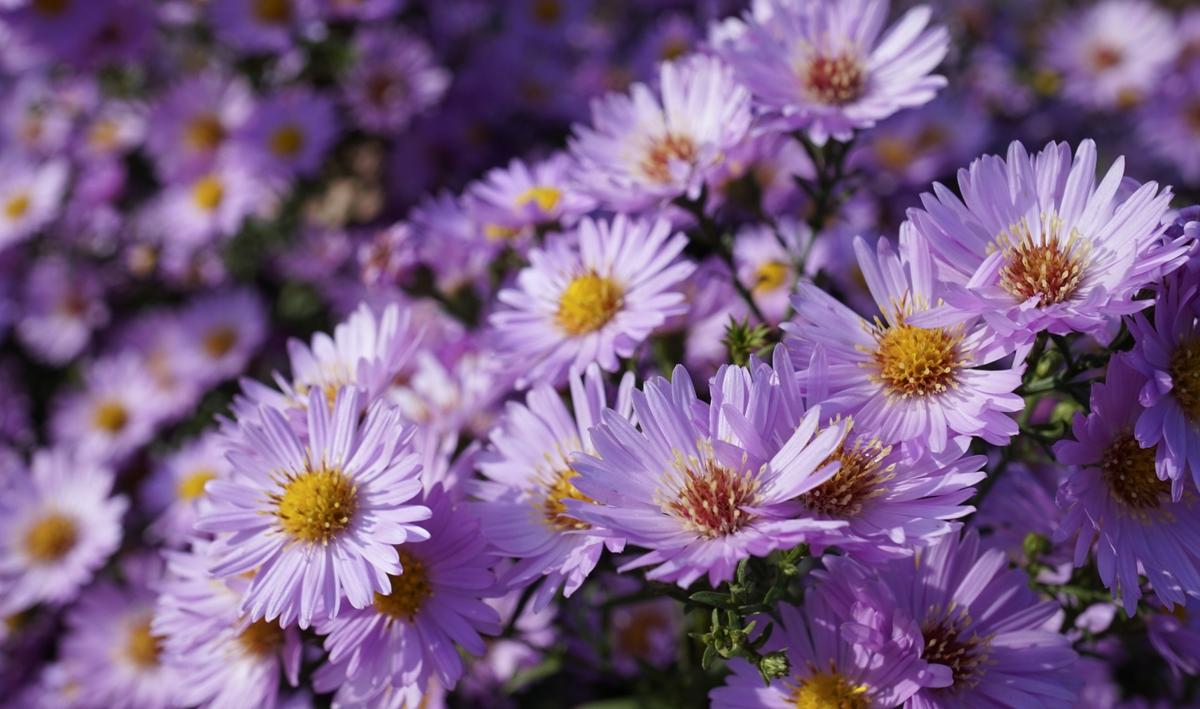

Growing Native Wildflowers
Establishing a native plant garden can be a rewarding and environmentally-friendly way to enhance the beauty of any outdoor space. Unlike many other species of exotic plants you might find at a traditional garden center, one of the biggest benefits of growing native wildflowers is that they are adapted to the local climate, soil, and water conditions of your yard. In general, they are deer resistant, require less maintenance, and are more resistant to pests and diseases compared to non-native plants.

Whether you start from seeds or plugs, it is important to choose the right species for your particular region and soil type. It is recommended to select a mix of species that bloom at different times throughout the growing season to provide a continuous source of nectar and pollen for pollinators. Many species of native wildflowers also produce abundant seeds, which can save birds from needing to forage elsewhere in winter. It is also important to provide appropriate sunlight and moisture conditions for each species. In general, most native wildflowers prefer full sun, but some species can tolerate partial shade.
Common Challenges
Growing native wildflowers is generally a low effort and low maintenance joy, but as with any kind of gardening it can present some challenges. The first major challenges are finding the right native plants for your area; and then, finding the right location in your garden in which to plant them, as some native species prefer specific soil types, sun exposure, or moisture levels to survive. Depending on how you plant your wildflowers, you will also need to control weeds and other invasive plant species that can compete with those wildflowers for resources. Additionally, some native wildflowers may require specific pollinators or environmental conditions to thrive, which can make them more difficult to establish in a new garden. However, with proper research and planning, these challenges can be overcome, and growing native wildflowers can be a rewarding and beneficial addition to any landscape.
Best Practices
The following are seven steps to ensure that you have the best approach to native plants in your yard:
- Choose the right plant species: Research which wildflowers are native to your area and will thrive in your region (BONAP is a great tool for this!), taking into account factors such as soil type, moisture level, and sunlight exposure. When possible, buy local plants! The best native plants for your yard are drawn from local gene lines that carry micro-adaptations unique to your region.
- Plant in the right location: Once you have chosen your plant species, make sure to plant them in a location that meets their specific needs. For example, plants that require full sun should be planted in an area that receives at least 6 hours of direct sunlight per day.
- Prepare the soil: Most native wildflowers typically prefer well-drained soil with plenty of organic matter. Prepare the soil by adding compost, leaf mold, or other organic materials to improve soil fertility and drainage.
- Water appropriately: While many native wildflowers are drought-tolerant once established, they still need adequate water during their first growing season. Water deeply once a week during dry spells, rather than frequent shallow watering.
- Control weeds: Weeds can quickly take over a wildflower garden, so it is important to keep them under control. Hand-pulling weeds is the best method, but if necessary, use an organic mulch to smother them.
- Avoid using pesticides: Pesticides can harm not only the pests they are intended to target but also the beneficial insects that native wildflowers rely on for pollination. Instead, use organic pest control methods such as companion planting or releasing beneficial insects.
- Encourage pollinators: Native wildflowers are important sources of nectar and pollen for pollinators such as bees, butterflies, and hummingbirds. Plant a variety of species that bloom throughout the growing season to provide a continuous food source for these beneficial insects.

Final Thoughts
As native plants, wildflowers have the power to transform our gardens, communities, and environment. As we've explored, they provide essential habitat for wildlife, enhance soil health, promote biodiversity, and add beauty and interest to our landscapes. It's important to remember that growing wildflowers is not a one-size-fits-all solution.
Careful consideration must be given to the specific needs and conditions of each plant, as well as the larger ecosystem and living landscape in which it is situated. By consulting with local experts and using the best practices for growing and maintaining native wildflowers, we can ensure that our efforts are effective and contribute to a thriving ecosystem.
In the end, the benefits of native plants extend far beyond our own gardens and communities. They are part of a larger web of life that connects nature and us all, and by working to preserve and promote them, we are taking an important step towards a more sustainable and resilient future for wildlife, ourselves and generations to come.


Share this article


